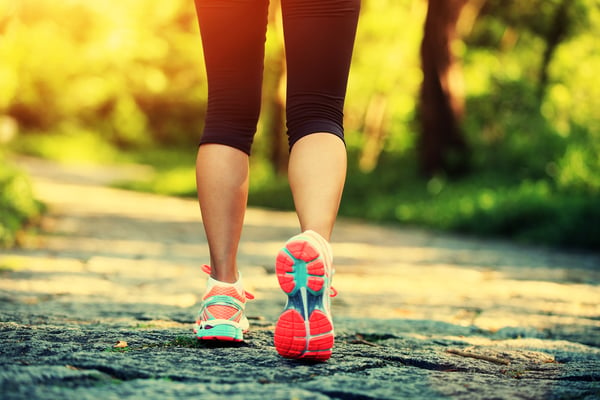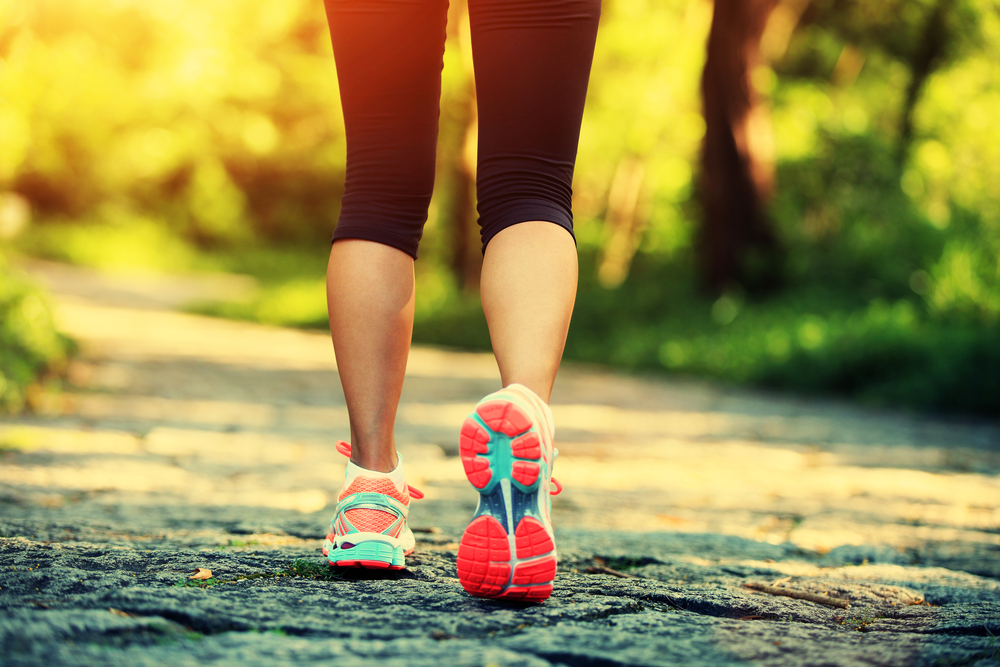Health Tips for Preventing Vein Disease

Men and women of all ages experience the pain and frustration that comes with a vein condition. I'm asked by patients regularly if there's anything they could have done to prevent symptoms from progressing. Vein disease, in all its varieties, has a definite genetic link. Short of choosing different parents (good luck with that one!), your options are limited. However, while difficult to prevent, there are steps you can take to slow down the progression of symptoms.
Five Changes in Lifestyle to Combat Vein Disease
Here is a list of 5 lifestyle changes you can make that may help slow the progression of vein disease:
1. Maintain a healthy weight and diet.
If you are overweight, consult with your primary healthcare provider to discuss healthy strategies for losing weight. Losing weight will decrease the pressure from your abdomen on the veins so they will work better. The cornerstone of losing weight is cutting down on carbohydrates and burning calories every day.
2. Walk regularly.
Depending on your physical condition, your doctor will recommend walking, riding a stationary bicycle, or jogging several times a week. Periodic walking is they key. Sitting or standing for long periods of time causes the pressure to build up in the leg veins. Walking allows the blood to get pumped out of your legs, reducing the pressure. Our suggestion is to get up every hour and get a drink of water or simply move your calves or do calf raises when you’re sitting or standing.
3. Elevate the legs to prevent pooling of blood in the veins.
Take a break after long periods of standing or sitting. While standing, move the legs to get the blood circulating. If seated, use a footstool. Doing this helps take the pressure off the veins and lets the veins return to normal size instead of being enlarged from pressure.
4. Wear low-heeled shoes.
High-heeled shoes impede blood flow in the legs. The problem with high heels is that the calf muscle never works, and it’s the job of the calf muscle to pump blood back out of your leg.
5. Wear compression stockings.
Elastic compression stockings apply pressure to parts of the legs and feet to assist the veins in moving the blood upward. For them to be effective, you must put them on first thing in the morning and leave them on until you go to bed at night. We recommend a 20-30 mm Hg strength, knee high or thigh high to match your preference.
Compression stockings tend to help manage symptoms and to some degree retard the enlargement of the veins. They will slow the progression of a vein condition, yet even with them, symptoms tend to worsen and compound year after year. Also, sufferers can augment the effect of compression stockings by taking horse chestnut extract, which helps by mildly constricting the veins to reduce pressure.
For Pregnant Women
Pregnancy causes the veins to enlarge to increase blood circulation for the growing baby. If varicose veins develop, they may not go away after pregnancy unless you wear compression stockings. For pregnant women, compression stockings should be 20-30 mm Hg strength, thigh-high or panty-hose style.
The Bottom Line
While vein conditions are genetic, you have options and don't have to live with constant pain, swelling, cramping, numbness, weakness or tingling in your legs. There are things you can do that may help slow the progression, but your best option is knowing that you don't have to live with a vein condition. Make this year your best one yet and get on the road to living your best life. There is hope! Sign up today for your free vein screening.


